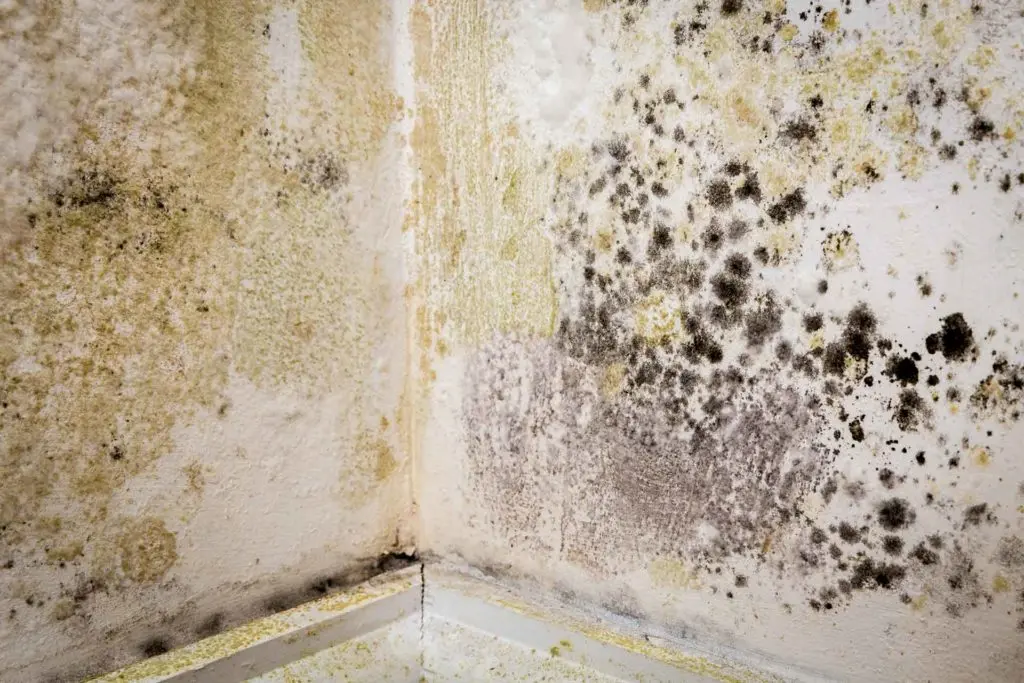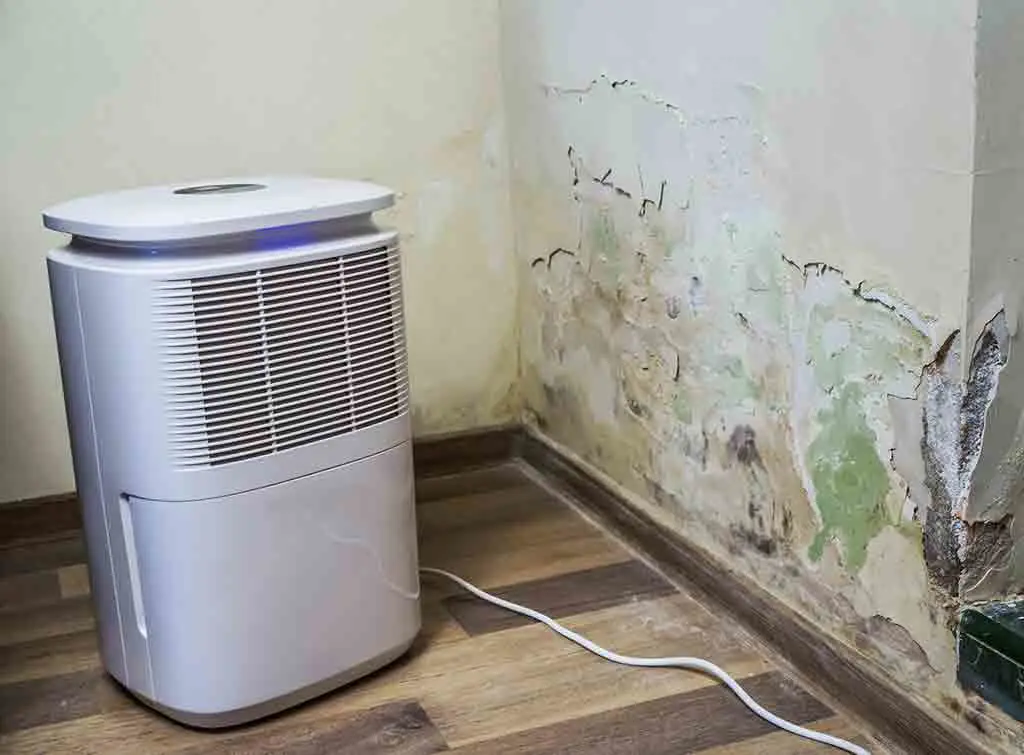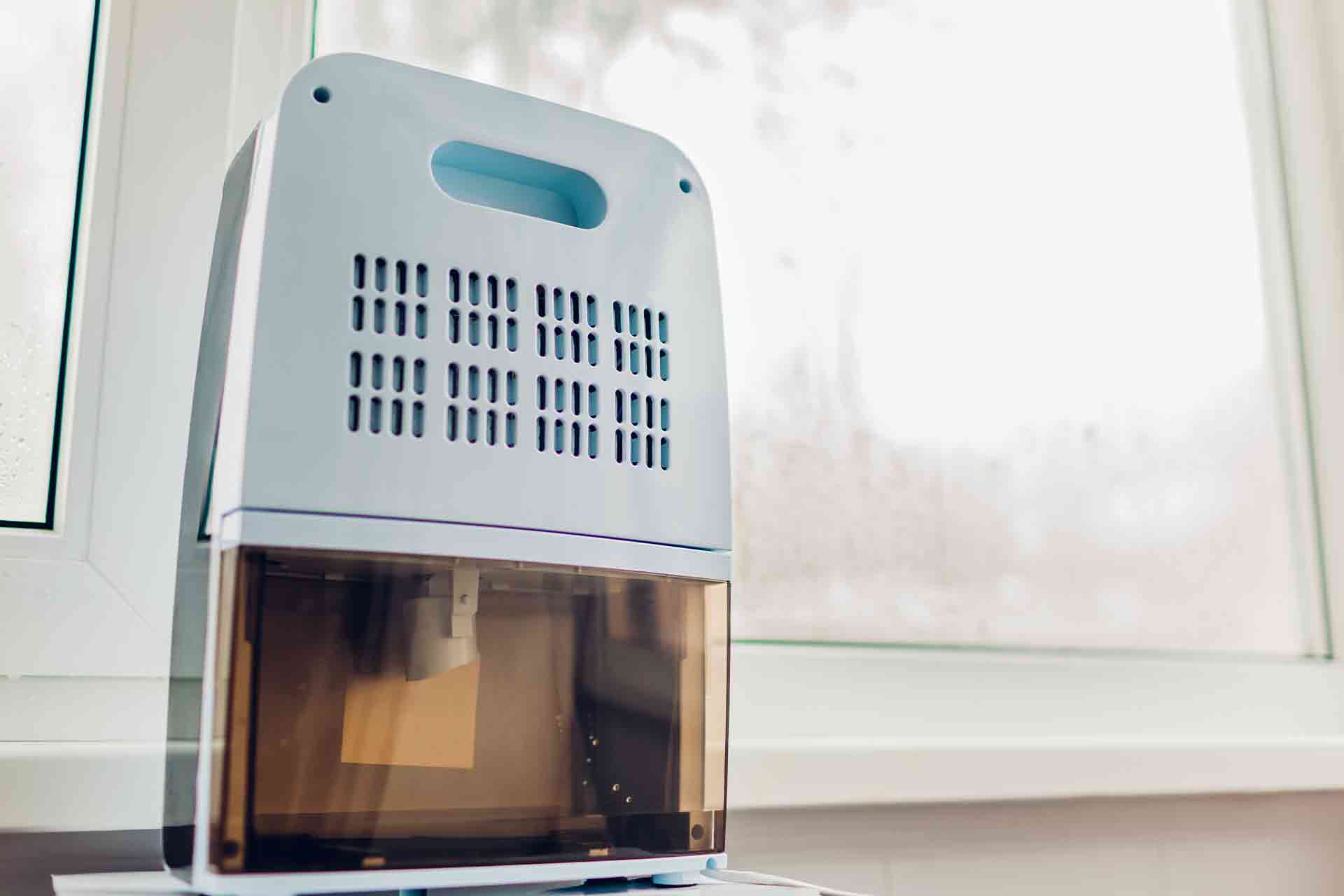Blog>Expert Advice>What is the ideal humidity in a house?
Last updated: 7 November 2024
What is the ideal humidity in a house?
Not sure what the ideal humidity level should be in your house? Want to know why does it matter? Find out in our expert guide.

Humidity is a measure of how much water is present in the air. It's invisible but everywhere, including inside your four walls.
But why do humidity levels at home matter? (They do, hugely!). And what's the ideal humidity in a house?
Read on to discover the best indoor humidity levels - and how to create a healthy home environment for all.
But if you're still struggling with effective humidity control, get in touch with a HVAC (Heating, Ventilation, and Air Conditioning) company in your area.
See the tradespeople we've checked and recommend for your job
What is the ideal humidity level in a house?
Too much or too little humidity can cause problems for our homes and our health. That's why knowing the ideal humidity level for a house is so important.
The recommended indoor humidity range for a UK home is somewhere between 30 and 60%. So aiming for an average of 50 - 55% humidity is a good target.
However, this can be slightly lower in the winter months.
Ideal indoor summer humidity levels: 40 - 60%
Ideal indoor winter humidity levels: 30 - 50%
Maintaining a humidity target of 40% in the winter will help stop condensation forming on your windows.
It's important to know that levels should never exceed 60%. Very high readings are considered above 70% humidity, while low humidity is below 25%.
Address very high and very low humidity levels promptly, whatever the time of year.
See the tradespeople we've checked and recommend for your job
Why ideal humidity is important
There are so many benefits to maintaining ideal humidity levels. Not only for our homes, but for our health too.

Health
Optimal indoor humidity for health between 40% and 60% can help reduce the risk of respiratory infections, allergic reactions and skin irritation.
High humidity above 60% can make the air difficult to breathe while low humidity can cause dry skin, itchy eyes and a sore throat.
Home structure
Correct humidity levels can help prevent damage to your home and belongings. This includes warped wooden floors, damaged plaster, paint or wallpaper and mould growth.
Comfortable living
The best indoor humidity levels can make your home feel comfortable. For instance, high humidity can make the air feel too warm, while low humidity can make it feel overly dry.
Energy efficiency
Higher than average humidity levels in a house could also cause your heating bills to rise. That's because moist air takes much more energy to heat than dry air.
So maintaining ideal humidity levels will help your heating system work efficiently - and lower your energy bills.
Sleep
Humidity levels that are either too high or too low will affect how you sleep. Low humidity levels can cause a dry throat and cough, while high humidity will cause the body to work harder while you rest.
Levels over 70% can also cause, damp, mould, and dehydration.
See the tradespeople we've checked and recommend for your job
What are the signs of high humidity in a house?

The ideal indoor humidity level is between 30 and 60%. If you notice any of the following, then your home has high humidity:
Condensation on inside of windows
Damp walls and watermarks
Mould and mildew in bathrooms and around the house
Dust mites
Musty smells
Cold air
Swollen wood and wet fabrics
Sticky skin and stuffy nose
Excessive moisture in your home can also make it harder to deal with allergies, asthma, and breathing conditions.
How to get rid of black mould, condensation and damp
Whether it’s due to leaking pipes, excess rainwater, or poor ventilation, there are several reasons that condensation, damp and mould can start to form inside a home.
What are the signs of low humidity in a house?
Environments which are too dry can also cause problems to your health and home.
These might include:
Respiratory issues such as sore throat, coughing and blocked nose
Dry, itchy skin
Irritated eyes
Static electricity leading to flyaway hair and static shocks
Poor sleep
Cracks or warps in wooden furniture, flooring and wooden instruments
Sweating or feeling cold
To increase moisture levels in a house use a humidifier. Find air conditioning companies near you who can help achieve the ideal humidity levels.
See the tradespeople we've checked and recommend for your job

How to measure humidity in a room
Here are a few ways to measure indoor humidity at home.
Hygrometer: Place this handheld device in the room you want to measure and wait for the reading to stabilise. Hygrometers can be bought online or from any DIY store
Indoor-outdoor thermometer: Measures both temperature and humidity
Wet and dry bulb thermometer method: Requires two thermometers, one wrapped in a piece of wet cloth. Place both in the room where you want to test humidity and calculate the difference between the two
Use an iPhone: You can ask Siri to check the humidity in a room
Home ventilation solutions
Find out what the best home ventilation solutions are to help reduce indoor pollution in your home. With costs, tips and health benefits.
How to maintain ideal humidity levels
As we've discovered, maintaining a humidity level between 30 and 60% is comfortable, prevents damage to your home and benefits health and wellbeing.
So how to control home humidity and improve air quality?
To reduce humidity:
Use a dehumidifier to remove excess moisture from the air
Improve ventilation by opening windows and installing an air vent system
Dry clothes outside or use a tumble dryer
Use fans especially in kitchens and bathrooms to draw out humidity
Take shorter, cooler showers
Use lids on pots and pans while cooking to stop excess steam escaping

To increase humidity:
Use a humidifier to add moisture to the air
Fill your home with houseplants especially ones with large leaves. Plants absorb moisture and release it into the air
Take a hot shower, then leave the door open and let the steam flow into the house
Boil water in a pot or kettle so the steam releases into the air
Place a bowl or glass of water on a radiator so it evaporates into the air

If you've tried these steps but still can't reach the ideal humidity level of around 50% it's time to call in the experts.
A professional can suggest solutions such as whole-house humidifiers, dehumidifiers or improved heating and ventilation systems.
See the tradespeople we've checked and recommend for your job
FAQs
What should the humidity level be in a UK home?
The ideal humidity level in a home is between 30 and 60%. This will ensure comfortable and healthy surroundings and prevent mould, musty odours, damp, damaged plaster and warped furniture.
Best indoor humidity levels can vary slightly depending on the season and the room you are measuring. In winter, humidity should be marginally lower as should bedrooms, basements and home offices.
What happens if indoor humidity is too high?
If humidity goes above 60%, you might experience mould, dust mites, condensation, musty smells and wet fabrics.
It can also trigger allergies, asthma and breathing problems.
How do I know if my house has the right humidity?
The best way to measure humidity in a room is to use a hygrometer.
But be alert to tell-tale signs of humidity levels that are too low or too high. These include condensation, mould, warped wooden furniture and wet fabrics.
Can low humidity affect my health?
Yes, low humidity and excessively dry air can lead to respiratory problems such as sore throat, a dry cough and blocked nose.
You might also experience nosebleeds, dry, itchy skin and irritated eyes.
Do you need help controlling humidity levels at home? Get in touch with a reputable tradesperson from Checkatrade who can offer advice and suggest solutions.
See the tradespeople we've checked and recommend for your job
More Expert Advice Articles
See the tradespeople we've checked and recommend for your job






